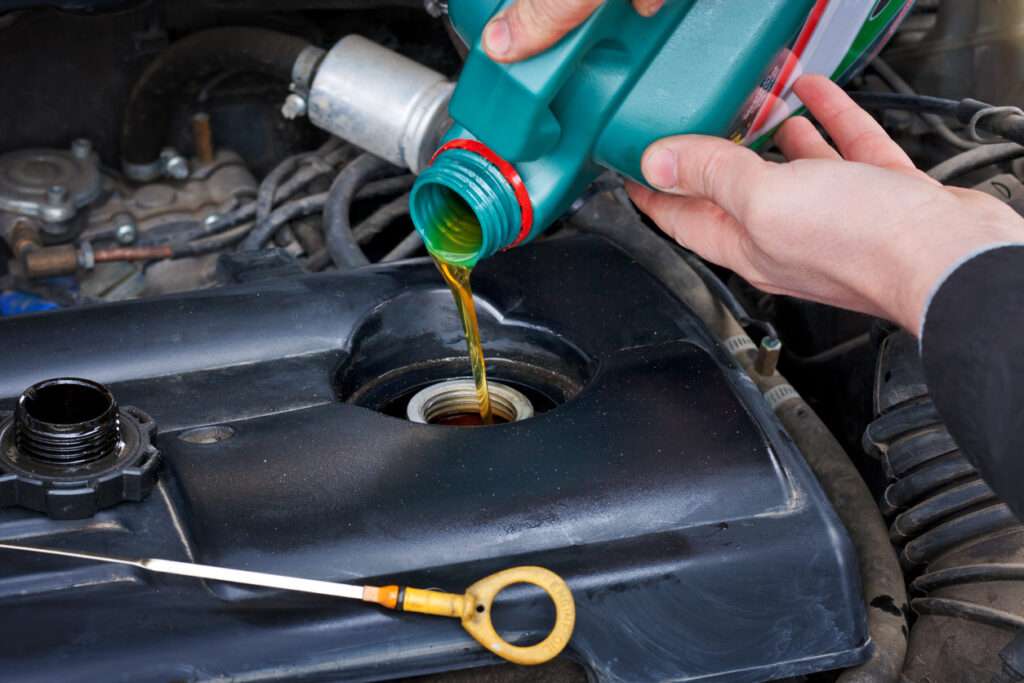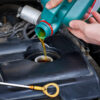A Guide to Checking and Topping Up the Oil in Your Car!
Checking the engine oil level in your car is an essential part of vehicle maintenance. Driving while running low on oil can result in serious damage to your engine, and fast. Every driver should check their engine oil regularly, and do-it-yourself fans will be pleased to hear it’s relatively simple to top up fluid levels yourself, should you need to.
Keep reading for simple instructions on checking and topping up the engine oil in your car, Use our tool to find out what oil you need and get it delivered to your door for a great price.
What Does Engine Oil Do?
Engine oil is responsible for lubricating the moving parts of your engine, preventing friction and overheating, to reduce wear and tear and prolong its life. It also helps to keep your engine clean.
How Often Should You Check Your Car’s Oil?
You should check your car’s engine oil levels every few weeks at least, and always before any long journeys.
How Often Should You Top Up Your Engine Oil?
You might find that your engine oil rarely needs topping up between annual services (particularly if you have a new and well-maintained car), but for older vehicles, it can be a different story. Either way, regularly checking the levels will tell you whether you need to top up.
Checking Your Car Engine’s Oil Levels
Follow these simple steps to check your car engine’s oil levels:
Step 1: Prepare your car
Check whether your car has an electric oil monitor. You can look for it on the dashboard or check your owner manual; if you find a monitor, you won’t need to follow the rest of these steps!
If you don’t have an electric oil monitor, you’ll need to read the dipstick. To start with, make sure your car is parked on level ground to avoid an inaccurate reading, with the handbrake on and the engine off. You shouldn’t check your oil unless the engine is cool, to prevent errors (and burns!), so wait around 10 minutes if you’ve just been driving the car.
You’ll need a rag or cloth (that you don’t mind getting covered in oil!), a container of the correct engine oil and a funnel to make it a clean job if you do need to top up.
Step 2: Find and wipe clean the dipstick
Lift the bonnet. You’ll likely be able to spot the dipstick by its bright, plastic handle. Pull it out and use your cloth to wipe away any oil. Look out for two lines on the dipstick; these indicate the maximum and minimum oil levels for your engine.
Step 3: Reading the dipstick
Push the dipstick all the way down into its tube and wait a moment, then pull it back out and look where the oil mark is in relation to the lines. If the oil reaches halfway between the minimum and maximum lines, your oil levels are fine. If the mark is lower than halfway, you might want to add some oil, and if it is at the minimum mark or below, you should definitely top up your oil.
Topping Up Your Car Oil
If it’s time for you to top up, find the oil cap on your engine. It should be embossed in one way or another, whether with the word ‘oil’ or an image of an oil can. Take off the cap and insert your funnel securely into the opening.
Pour in a little oil and wait a couple of minutes for it to settle in the bottom of the engine. Use the dipstick to check your levels again and repeat the process until the oil mark is at least within the two lines. Remember, your oil levels don’t have to be at the high line to properly lubricate the engine, and too much oil can also be damaging, so make sure you don’t exceed the maximum.








